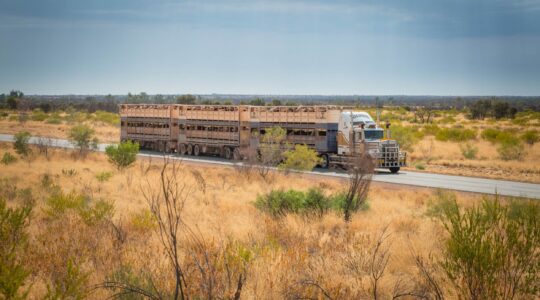Australian engineers have developed a building product based on cardboard, with has a 75 percent lower carbon footprint than concrete.
Study lead author Dr Jiaming Ma, from Melbourne’s RMIT said the new material, called cardboard-confined rammed earth, was composed entirely of cardboard, water and soil – making it reusable and recyclable.
Dr Ma said in Australia alone, more than 2.2 million tons of cardboard and paper were sent to landfill each year.
He said cardboard had previously been used in temporary structures and disaster shelters, such as the Cardboard Cathedral in Christchurch, New Zealand.
“Inspired by such designs, the RMIT University team has, for the first time, combined the durability of rammed earth with the versatility of cardboard.”
Dr Ma said the development of cardboard-confined rammed earth marked a significant advancement toward a more sustainable construction industry.
“Modern rammed earth construction compacts soil with added cement for strength. Cement use is excessive given the natural thickness of rammed earth walls.”
He said the cardboard-confined rammed earth, developed at RMIT University, eliminated the need for cement and boasted one quarter of the carbon footprint at under one third of the cost, compared to concrete.
“By simply using cardboard, soil and water, we can make walls robust enough to support low-rise buildings.
“This innovation could revolutionise building design and construction, using locally sourced materials that are easier to recycle.”
Read the full studies: CFRP-confined rammed earth towards high-performance earth construction and Cardboard-confined rammed earth towards sustainable construction.








